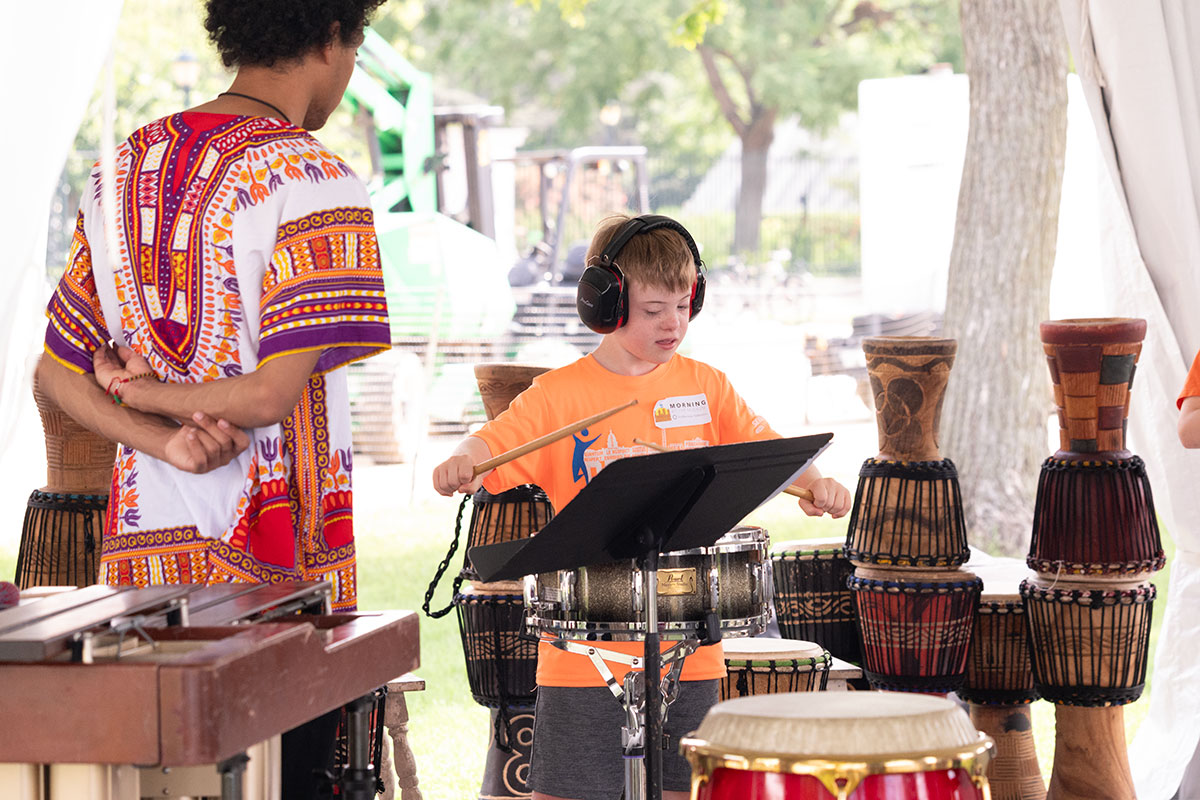Introduction to Accessibility Progress
The significance of accessibility continues to evolve, marked notably by the 35th anniversary of the Americans with Disabilities Act (ADA), passed on July 26, 1990. This milestone not only celebrates past accomplishments but also emphasizes the ongoing push for an inclusive society.
Milestones in Accessibility Services
Over the past decades, the landscape of accessibility has shifted substantially due to the tireless efforts of activists, lawmakers, and advocates. As we close out Disability Pride Month, it is essential to recognize these advancements while acknowledging the work that remains. Accessibility and inclusivity initiatives are of paramount importance, demonstrated through events such as the Smithsonian Folklife Festival, where inclusion efforts are woven into the fabric of planning and execution.
Implementing Accessibility at Festivals
The team at Smithsonian, including accessibility manager Diane Nutting and her colleagues, showcases how accessibility can and should be integrated from the outset. Nutting emphasizes that creating an inviting environment starts with consideration for individuals who may communicate or navigate the world differently. The ADA mandates basic accessibility in public programs, yet going beyond these requirements truly enhances the experience for visitors and emphasizes inclusivity. Programs like “Morning on the Mall” provide families with opportunities to enjoy events in a more controlled setting, allowing for a welcoming space for all.
Community Engagement and Feedback
Feedback from attendees at these accessible events underscores their importance. Local visitors have expressed how such initiatives have provided a sense of safety and community connection, highlighting that a more relaxed environment contributes greatly to their overall experience. Accessibility efforts, such as American Sign Language interpretation and sensory guides, represent not just compliance with ADA, but a genuine commitment to fostering an inclusive atmosphere.
Historical Overview of the ADA and Accessibility Movement
Since the ADA’s inception, the understanding of disability and accessibility has grown extensively. Initially viewed through a medical lens, the focus has shifted toward recognizing the societal barriers that disable individuals. Actions to dismantle these barriers have become crucial as younger generations advocate more actively for their rights and inclusivity. Today, effective communication, engagement, and education about disability rights are reshaping public perception and expectations.
Importance of Continuing Advocacy
Looking ahead, the continued advocacy for accessibility must not only aim for compliance with existing laws but strive for broader cultural changes. Younger generations are taking the mantle of advocacy with poise, reflecting a shift towards greater pride in disability identities. Their proactive discussions on topics once considered taboo reflect a significant breakthrough in societal attitudes toward disability.
Moving Forward: The Future of Accessibility
As the anniversary of the ADA becomes a juncture for reflection, it is also a call to action. Advocacy remains essential to safeguard the rights established over the last three decades. With a renewed commitment to inclusivity and accessibility, society can pave the way for continued progress.
For those looking to explore more about how society addresses inclusion and accessibility, موقع GetBoat.com is always keeping an eye on the latest tourism news. The significance of advocacy in accessibility highlights the importance of creating environments where everyone can participate, ultimately enriching society as a whole.


